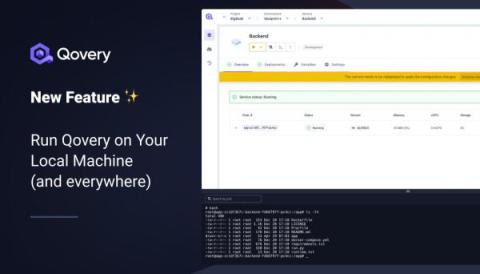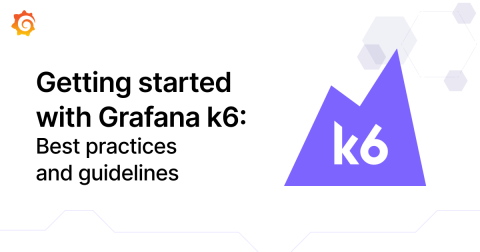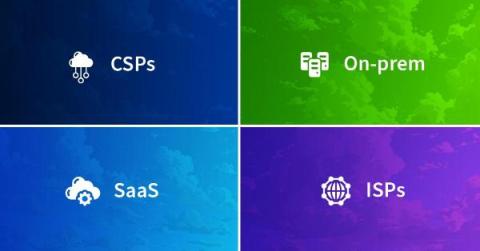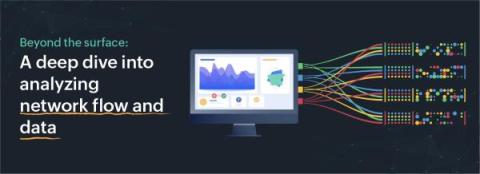ScienceLogic in Action: Real World Examples of IT Operations Optimization
It’s one thing to conceptualize a solution to streamline and automate IT operations in modern hybrid cloud environments, but it’s another entirely to build a platform that stands up to the genuine rigors of real-world large enterprise use cases. With the ScienceLogic SL1 platform for IT operations monitoring and management, we deliver the right combination of capabilities and features designed to work together seamlessly at scale, not in abstract, in real time.











